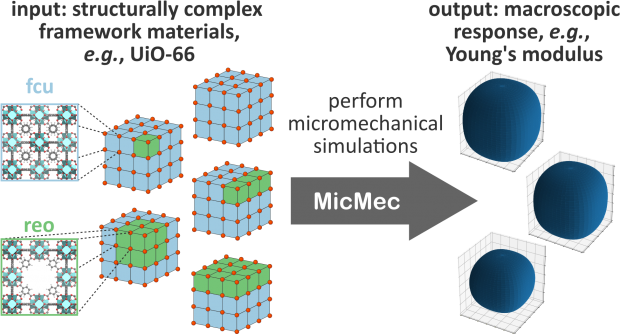High-Throughput Screening of Covalent Organic Frameworks for Carbon Capture Using Machine Learning
Abstract
Postcombustion carbon capture provides a high-potential pathway to reduce anthropogenic CO2 emissions in the short term. In this respect, nanoporous materials, such as covalent organic frameworks (COFs), offer a promising platform as adsorbent beds. However, due to the modular nature of COFs, an almost unlimited number of structures can possibly be synthesized. To efficiently identify promising materials and reveal performance trends within the COF material space, we present a computational high-throughput screening of 268,687 COFs for their ability to efficiently and selectively separate CO2 from the flue gas of power plants using a pressure swing adsorption process. Furthermore, we demonstrate that our screening can be significantly accelerated using machine learning to identify a set of promising materials. These are subsequently characterized with high accuracy, taking into account the effects of competitive adsorption and coadsorption. Our screening reveals that imide, (keto)enamine, and (acyl)hydrazone COFs are particularly interesting for carbon capture. Additionally, the best-performing materials are 3D COFs possessing strong CO2 adsorption sites between aromatic rings at opposite sides of pores with a diameter of 1.0 nm. In 2D COFs, a significant influence of the framework chemistry, such as imide linkages or fluoro groups, is observed. Our design rules can guide experimental researchers to construct high-performing COFs for CO2 capture.

 Open Access version available at
Open Access version available at 